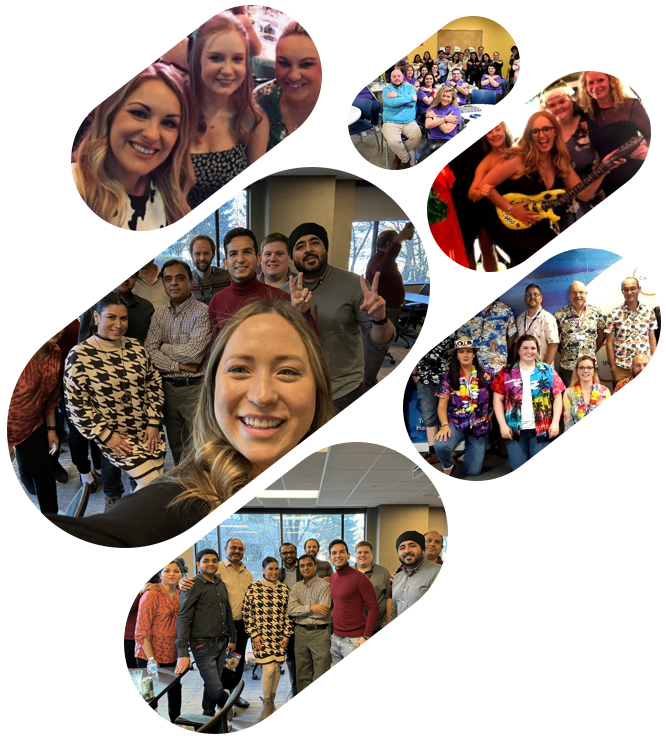
Customer service teams live by metrics, and few are more closely tied to customer satisfaction and operational effectiveness than First Call Resolution (FCR). This section explains “what is first call resolution”. FCR tracks whether a customer's problem is resolved during their initial contact, and is also referred to as First Contact Resolution when measured across multiple channels.
This guide explains what First Call Resolution is, why it matters for contact centres and BPOs, and simple ways to improve FCR so customers don’t have to repeat themselves and get value from your product.
What is First Call Resolution?
First Call Resolution (FCR) refers to resolving a customer’s issue during the very first interaction. To understand the question “What is first contact resolution?” more deeply, we must recognize that it measures whether a customer’s issue is resolved during the first interaction (phone, chat, email, etc.).
It checks whether the inquiry is resolved to the customer’s satisfaction without a follow-up. Within BPOs and support operations, the concept of “What is FCR in BPO” is often closely tied to SLAs and client KPIs; improving FCR can significantly boost client retention.
FCR can be measured in several ways: post-contact surveys asking customers if their issue was resolved, automatic ticket-closure logic, or agent-logged outcomes when people ask “what is a good FCR rate”, a single-number answer depends on industry and channel, but many high-performing contact centres target rates in the 70–80% range for phone-based support. The exact target should be set against historical baselines and in line with customer expectations.
Why is FCR Crucial for Customer Service Success?
FCR is critical for customer experience and operational efficiency. It helps to optimise customer interaction. Below are the primary reasons why the importance of first-call resolution is widely acknowledged.
Improved Customer Satisfaction
Resolving issues on the first contact reduces customer frustration. High FCR correlates with higher satisfaction and fewer complaints. For teams concerned with understanding customer satisfaction, increasing the FCR is one of the best strategies.
Increased Customer Loyalty and Retention
When customers receive fast, complete answers, they’re more likely to stay and recommend your brand.

Cost Reduction and Efficiency Gains
Repeated interactions consume agent time and raise operational costs. Improving FCR lowers average handle time (AHT) and cost per contact, reducing overall support costs, which shows the benefits of first call resolution (Track AHT, cost-per-contact, and contacts-per-issue to quantify savings).
Enhanced Employee Productivity and Morale
FCR analysis reveals patterns, friction points, training gaps, and product issues. Use FCR insights to prioritise fixes that deliver the most immense customer satisfaction and cost improvements.
Better Insights and Continuous Improvement
FCR analysis surfaces patterns, common friction points, training gaps, or product issues. Using FCR data helps you prioritise fixes that have the most significant customer and cost impact.

Competitive Advantage
Organisations that fix issues on the first contact create a smoother experience that differentiates them from competitors. That differentiation matters in saturated markets and is a typical response to "why is FCR important in customer service?".
How to Enhance FCR?
If you’re wondering how to improve FCR, the good news is that process, people, and technology changes all help. Here are practical ideas, including specific steps for contact centre teams, asking how to improve FCR in a call centre environment.
Equip Agents with the Right Tools and Knowledge
Invest in a searchable knowledge base, screen pops, macros, CTI integrations, and AI-assisted suggestions so agents can find answers in seconds. Regular coaching and role-based training ensure that agents know how to handle exceptions effectively. Schedule regular QA and coaching sessions tied to FCR metrics.
Implement Self-Service Options
Well-designed self-service (including FAQs, guided flows, and IVR flows) can deflect simple questions and give agents flexibility to do more complex work. Self-service should regularly be reviewed and updated based on real-time FCR feedback.

Streamline Communication Channels
Reduce channel fragmentation by integrating chat, voice, email, and ticketing so customer history follows the interaction. Unified views stop customers from repeating information and improve first-contact outcomes.
Use AI and Automation Tools
AI-driven suggestions, smart routing, and automated triage can route the right issue to the right agent the first time. Automation that fills routine form fields or retrieves account data accelerates resolution.
Monitor and Analyse FCR Data Regularly
Track FCR trends by product, geography, and agent. Tie FCR to other measures (CSAT, average handle time) and use that analysis to prioritise interventions. For guidance on broader measurement frameworks, refer to resources on how to measure customer experience.
Practical Tips for Contact Centres
- Start with a pilot: pick one queue or product and test changes.
- Create escalation templates so complex issues don’t stall first-contact resolution.
- Use post-call surveys sparingly and combine them with ticket outcomes for accuracy.
- Celebrate agents who achieve high FCR while maintaining quality to reinforce best practices.
Conclusion
First Call Resolution is a cornerstone metric that ties together customer satisfaction, operational efficiency, and agent performance. Understanding the technical definition of “What is FCR” is the first step; the next is acting on the data to remove friction, empower agents, and design processes that resolve issues on the first contact. Organisations that prioritise FCR see improvements in loyalty, costs, and brand reputation.
If you’re building a career in customer support or exploring roles that work at the intersection of people and processes, consider browsing relevant customer service jobs to see how roles are evolving with these priorities in mind.
Organisations such as HGS UK are leading examples of how focusing on FCR drives both customer loyalty and operational excellence.
Frequently Asked Questions (FAQs)
What is a reasonable FCR rate in customer service?
Targets vary by industry, but many centers aim for 70–80 percent for voice channels; set goals against your baseline.
What factors affect FCR performance?
Training gaps, poor knowledge bases, siloed systems, and complex escalation processes are common detractors.
How often should FCR be reviewed or measured?
Measure FCR continuously and review trends monthly; a deep root-cause analysis is conducted quarterly to ensure lasting improvements.
Does FCR apply to all customer service channels?
Yes, while the measurement method may change, the principle of resolving issues on first contact applies across voice, chat, and email.
 UK
UK Canada
Canada Colombia
Colombia India
India Jamaica
Jamaica Philippines
Philippines US
US SA
SA
